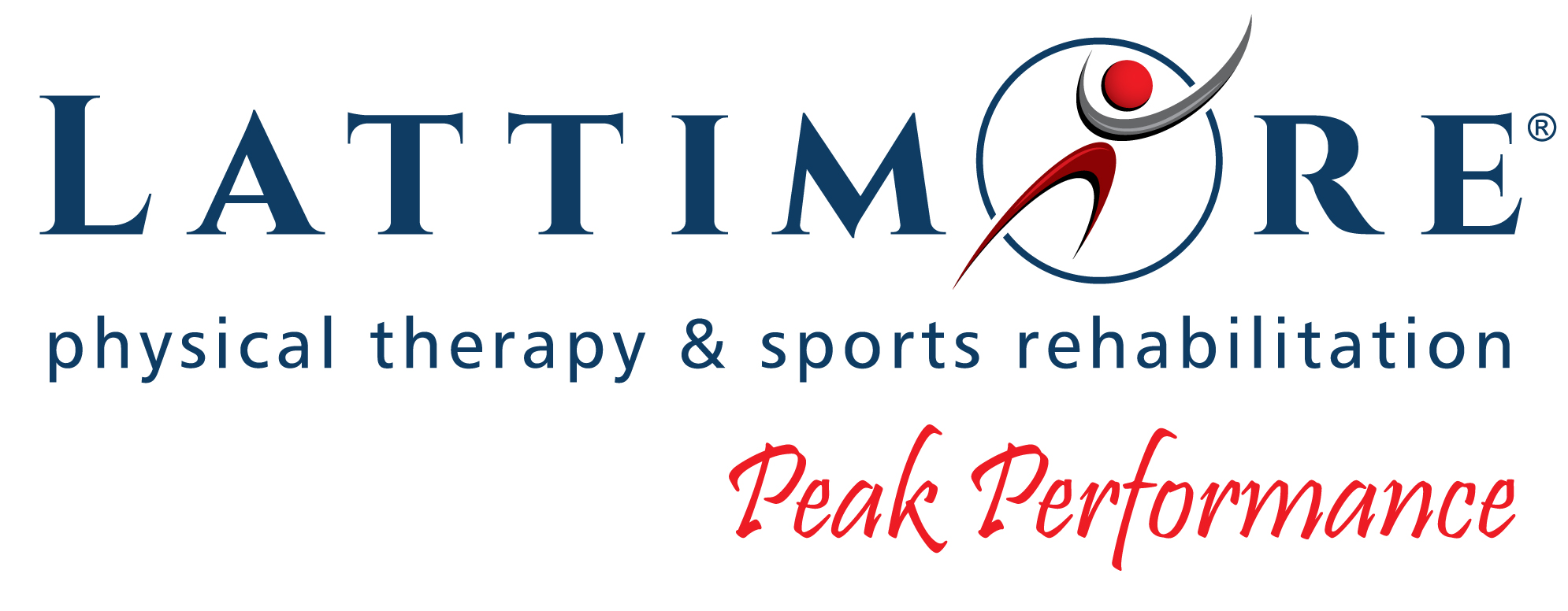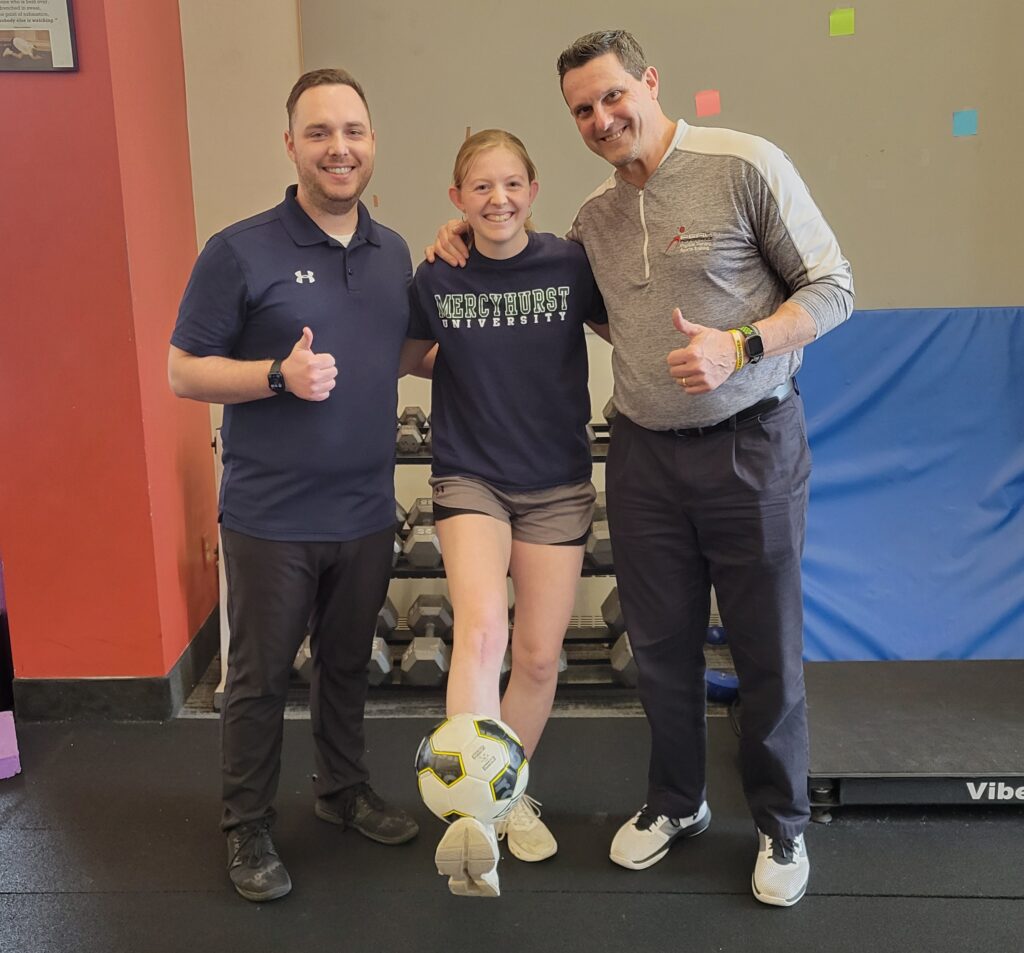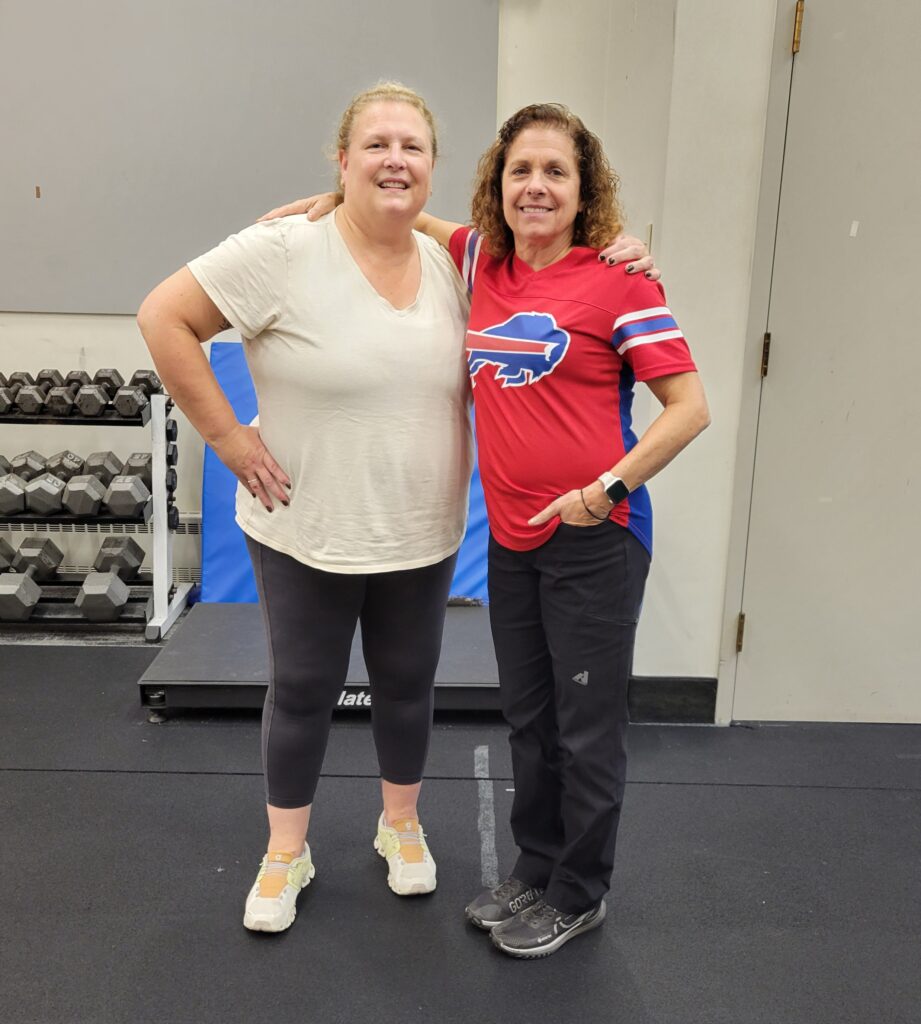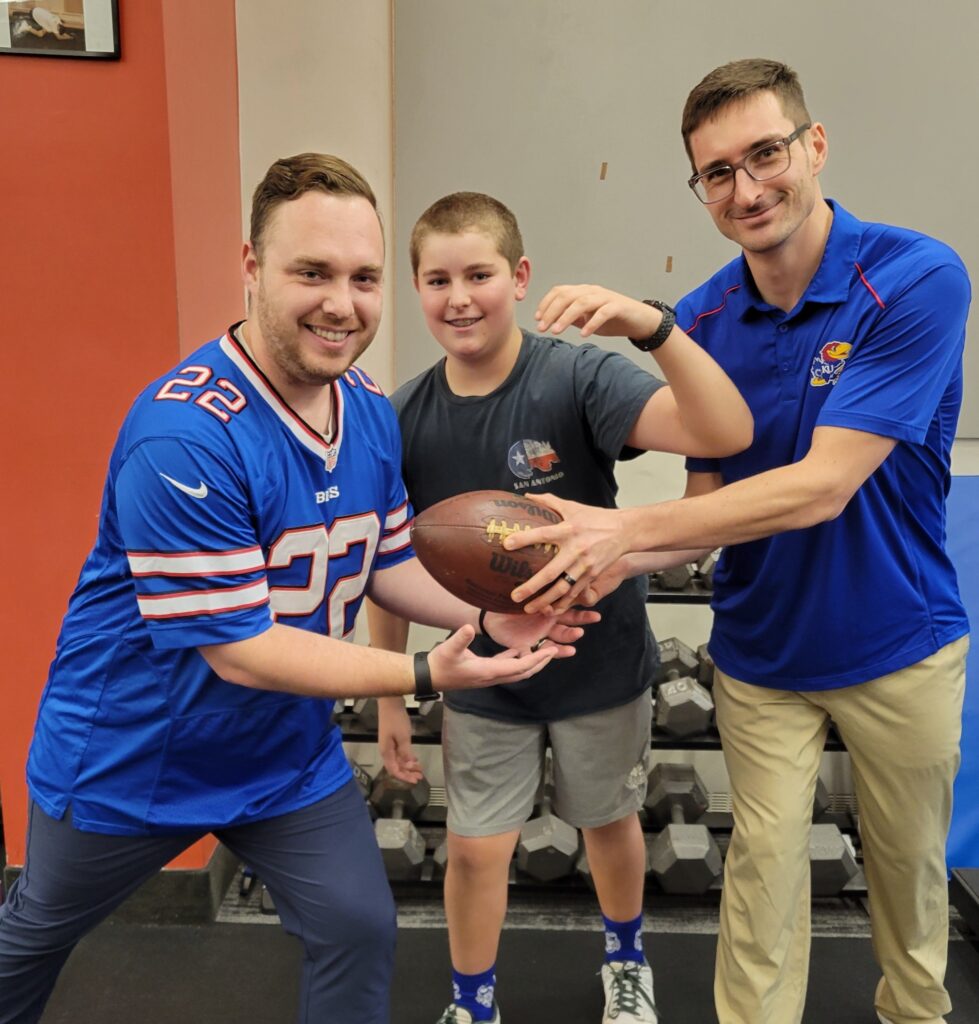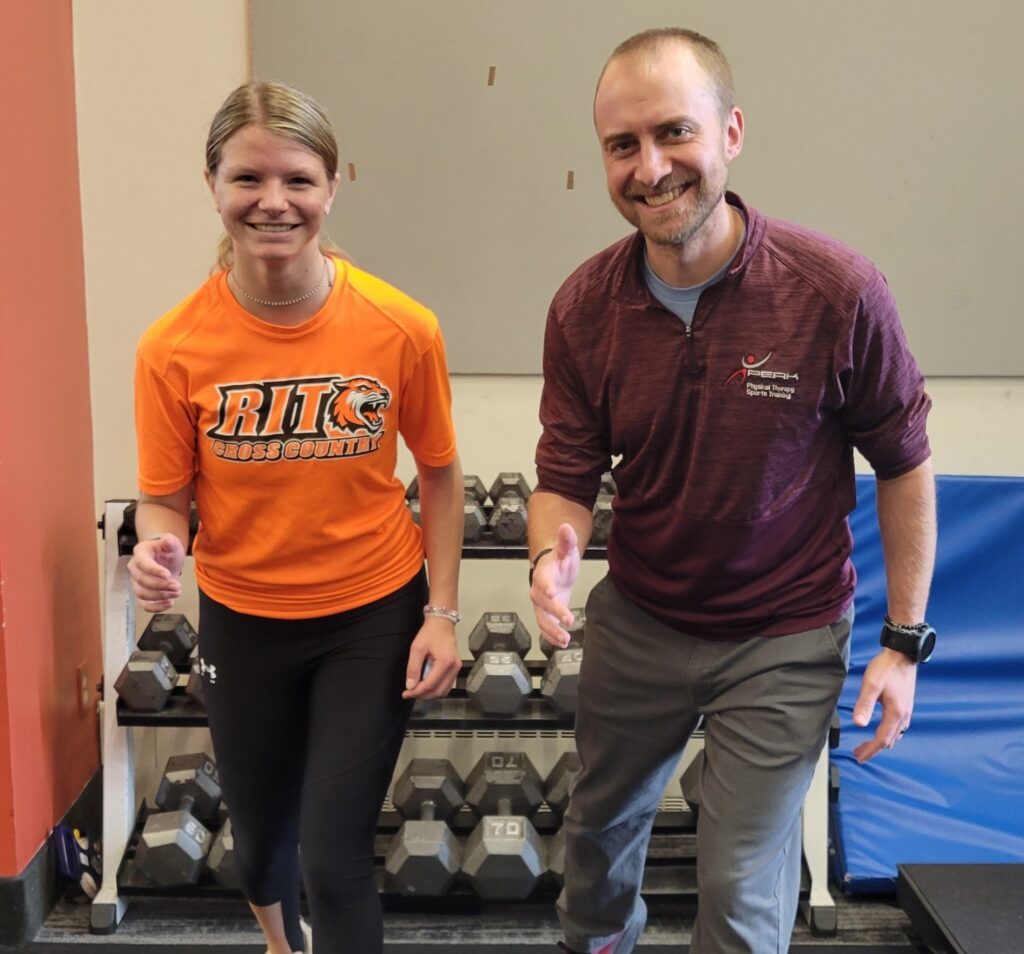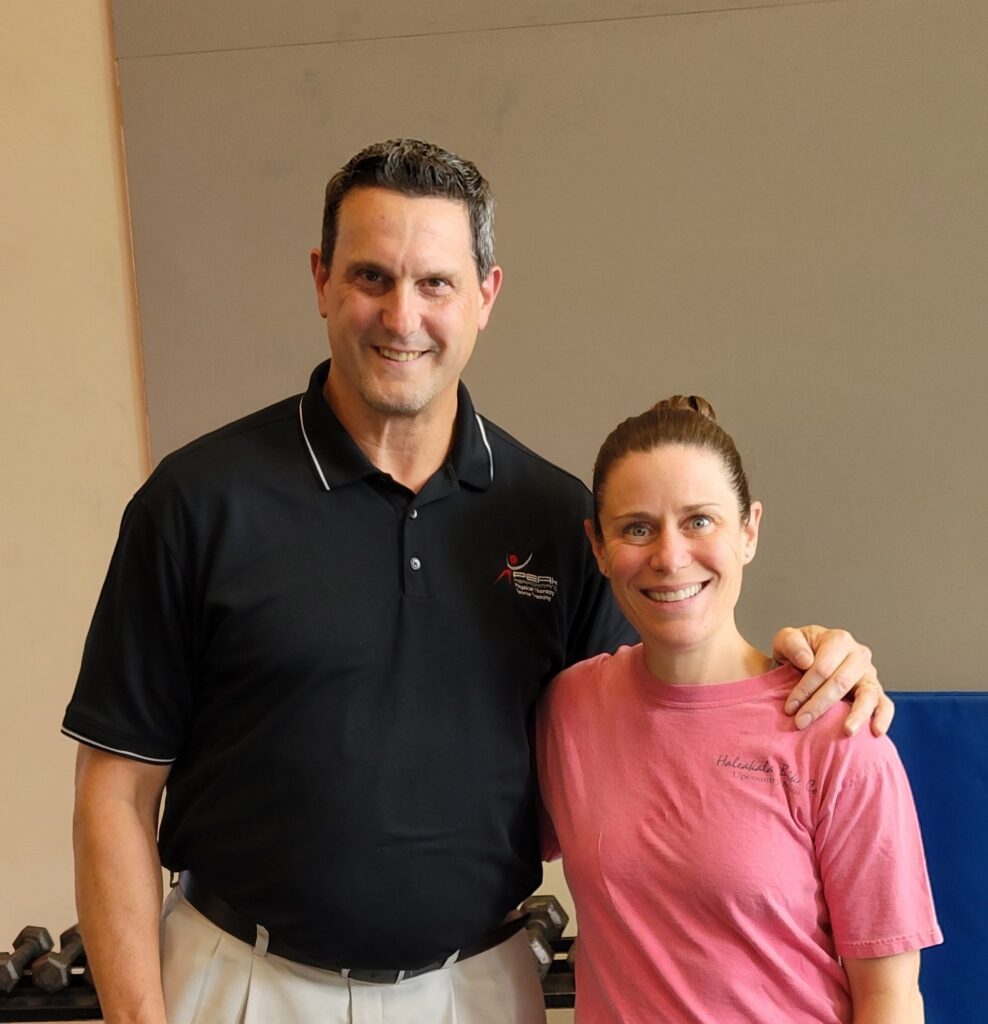Standard. Interesting word.
Is the STANDARD good enough for you? Have you asked the question of what options are available to you when your young athlete gets hurt? Are you willing to wait to see if the “keeping it simple” approach or the minimalist approach ends up working?
It’s an all too common story we hear on almost a weekly basis at Peak Performance. A young athlete, say a hockey player, suffers an injury, say a broken ankle, and gets the “standard” care (which typically means putting the limb in a cast for 6-8 weeks). Once they’re “fully healed,” though, the athlete tries to resume their previous sports activities, only to find themselves having trouble with pain or reduced mobility.
It goes to show: sometimes the standard of care just isn’t enough.
What is the Standard of Care?
Webster’s online defines standard as “something established by authority as a rule for the measure of quantity, extent, value, or quality” OR “That which is established as a rule or model by authority, custom, or general consent; criterion; test.”
Did you even know that for injuries and surgeries there are established “standards” of care? That sounds reasonable enough. But did you know that these standards can be different in various parts of the country? Really. I’m not kidding. And healthcare providers are to some degree expected to follow their local or area standard of care practices.
So, for example, a young athlete having an ACL reconstruction surgery in one part of the country might typically have a functional brace for their return to sports while in other areas the tendency may be to never brace unless a patient requests it.

Now it’s not all really that simple. Physicians, surgeons, and physical therapists aren’t across the board forced to follow certain standards as if it were simply a list to be read off. But think about some of the standards that have been more recently determined by many insurance companies: No MRI allowed until conservative care for 6 weeks fails. For certain conditions, no surgery until failed conservative measures for a defined time. Many criteria to meet before undergoing a lumbar fusion, rather than being just another routine procedure.
Many standards are good ones; they are established based on evidence and oftentimes on outcome studies showing better results taking certain approaches or by using specific tests or treatments. Those are the standards we want to go by, right? But unfortunately, there are also standards that limit care or intervention.
The most important question to ask is “how were the standards of care for your son or daughter’s injury or surgery arrived at?” Remember those definitions of what a standard is: “established by authority as a rule for the measure of value or quality” and “established as a rule or model by authority, custom, or general consent.”
Ask yourself: Who are these authorities that decided on the standard? Were there really intense discussions and debates, or was it simply a matter of custom that these standards were arrived at?
Why Injured Athletes Need Physical Therapy Care
Here at Peak Performance, we see young athletes with many different kinds of injuries, including ankle sprains, shoulder strains and subluxations, wrist fractures, knee sprains, tendonitis cases, and yes, even ankle fractures. We’ve seen all these things and more, where orthopedists have chosen to save a patient the “hassle” of going to formal physical therapy.
Sounds sensible on the surface right? However, this ultimately boils down to a roll of the dice. An injured athlete may regain full functionality without exceeding the minimum standard of care. However, he or she is just as likely to suffer reduced functionality without the aid of proper physical therapy care.
There are many questions that doctors and parents never ask, such as:
- How was that athlete tested to verify they had physically regained enough ability to safely return?
- Did someone go in and measure how deep they could bend the ankle in a squat?
- Did someone make them run down the hallway to ensure no limping or favoring? Did someone have them hop not only up and down, but also side-to-side and twisting, in order to mimic the demands of going back to sports or even just to Physical Education class?
- Did someone put a weight in their hands to test their strength on the injured side vs the good side?
Sometimes, the answer is yes. I commend those doctors and parents that use a critical eye in deciding if a young athlete is responding well to a simple gradual return to activity without formal physical therapy. Unfortunately, many patients we talk to have said that their doctors implied that the real work has already been done by healing with a cast or by the surgery. These doctors say to their patients, “if you just take it slowly and don’t screw it up, everything will be fine.” But that’s not always the case.
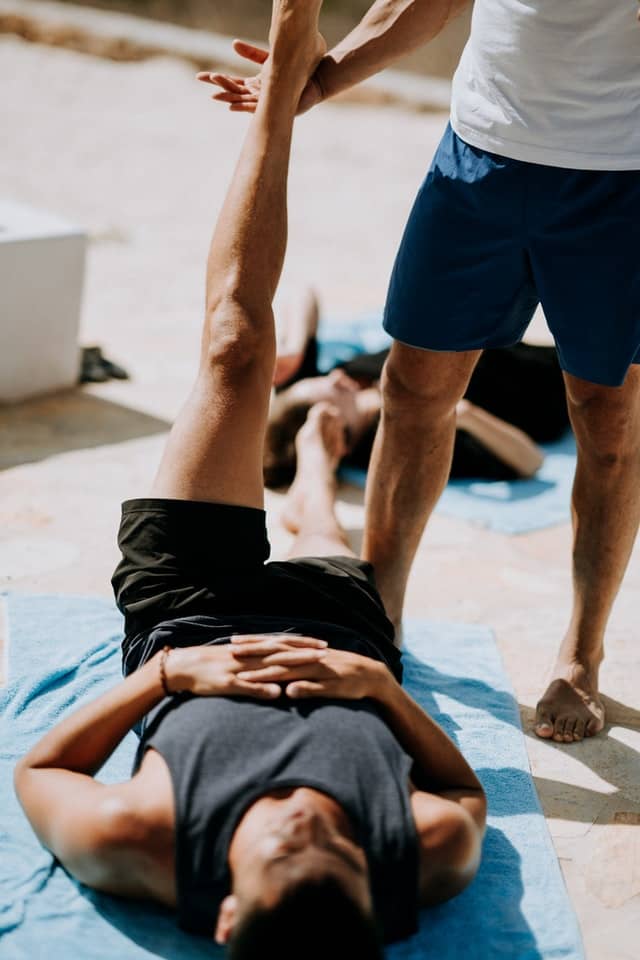
Every week we see young athletes reinjured because they weren’t sent for formal physical therapy care after their previous injury or surgery. They may lack significant symptoms at first, but, as time passes, the pressures to get back in and start participating in sports. They don’t want to fall behind in their training, which causes them to be less discerning about persisting asymmetries. That’s when tragedy strikes.
We also see young athletes who may have been taken down the road of standard care, but who actually still have significant measurable limitations in their range of motion, balance, strength, power, deceleration ability, and dynamic stability.
Our bodies are incredible machines. Until things get really bad, our bodies are willing to cheat and compensate in subtle and not-so-subtle ways in order to accomplish whatever it is our brain and our heart is telling it we want to do. If our hypothetical hockey player can’t push off his ankle very well, then his hip and knee will just cheat for him. If he can’t control the side-to-side demands on his ankle, then his knee might absorb the stress to help out, or he’ll splint other muscle groups excessively to limit what his ankle gets.
In the long run, too many athletes end up like this hockey player. The time and money saved by avoiding formal Physical Therapy for their injury or surgery, by keeping it simple, and oftentimes by even following some perceived standard of care determined by even a specialist like an Orthopedist ends up resulting in more time and costs when those problems and compensations have become more ingrained by a body that had no choice but to cheat its way through activities it really was never ready for.
Start a Physical Therapy Care Plan Today
Sometimes, when you’re seeing a physician or even an orthopedist, you may need to advocate for your son or daughter and ask for the help of a skilled physical therapist.
Why wait to see if things turn out okay? Why not get the help of an expert who can direct and guide your athlete to make the right choices from the start? Peak Performance can help get your young athlete the treatment they need to fully return to the activities they love.
If you have a young athlete who needs help recovering from an injury, give us a call at 218-0240 to talk to one of our physical therapists.
